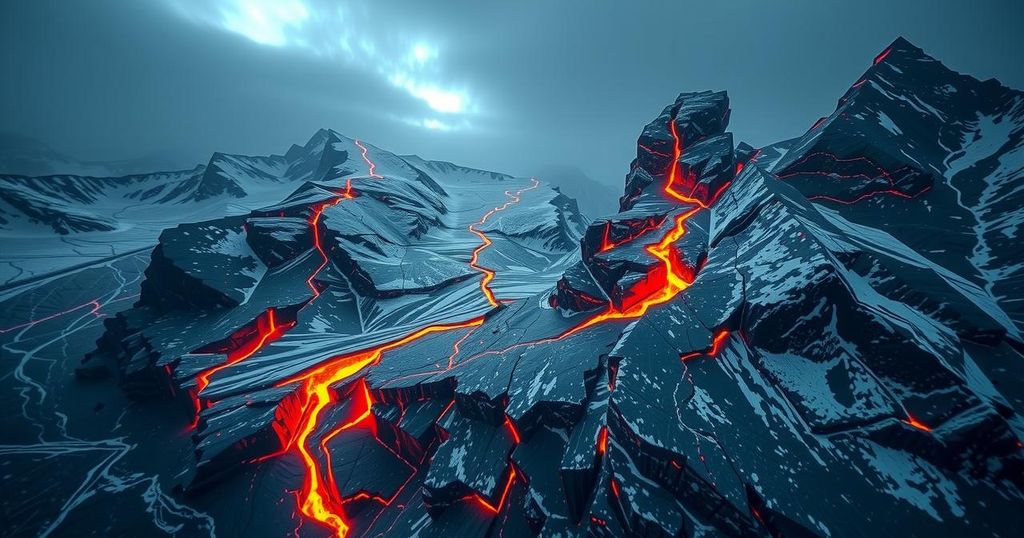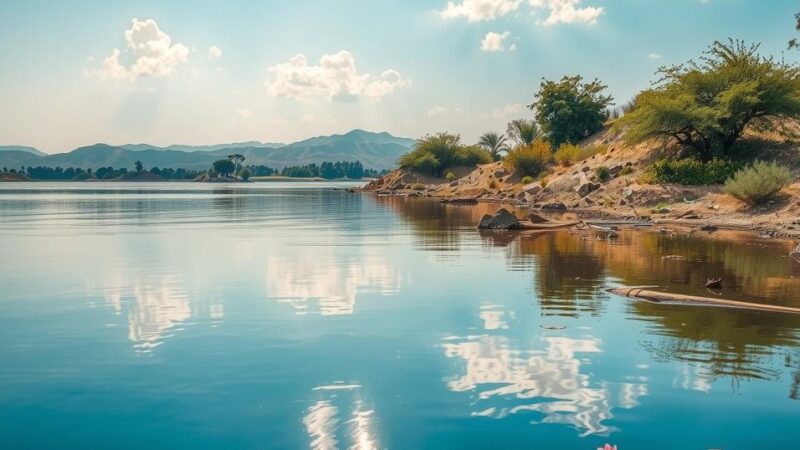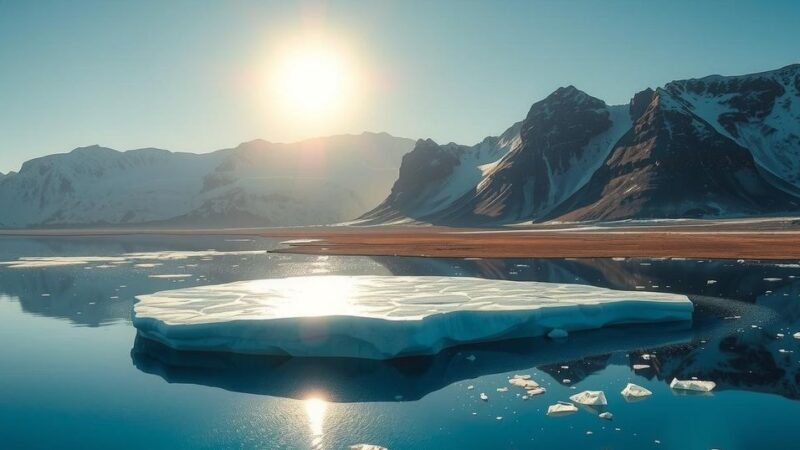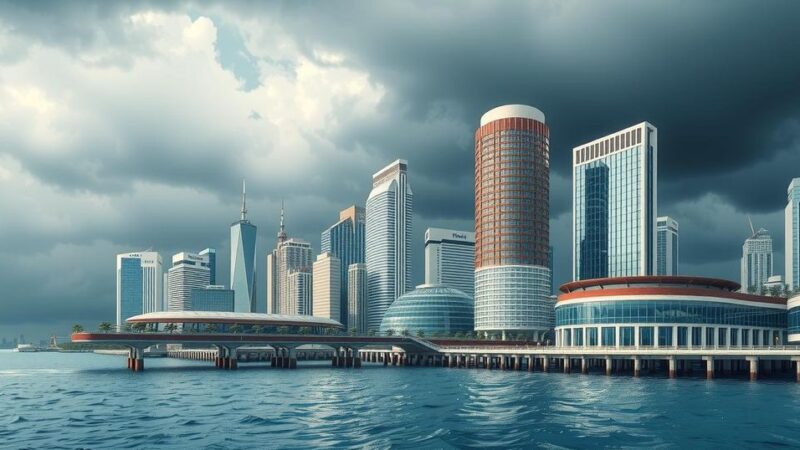Recent scientific investigations reveal a potential link between the accelerated melting of glaciers due to climate change and an increase in volcanic eruptions. Institutions like the University of Iceland are studying how reduced ice pressure may facilitate magma movement, especially under significant glacial cover. The implications of such eruptions extend beyond local threats, as increased volcanic activity could further disrupt climate stability worldwide.
Recent studies suggest a previously unconsidered consequence of climate change—the potential for increased volcanic activity due to the rapid melting of glaciers. A collaborative research initiative, involving the University of Iceland among other institutions, seeks to understand the implications of this phenomenon, particularly given that a substantial number of Iceland’s volcanoes lie beneath ice cover. The investigation indicates that the conditions conducive to volcanic eruptions may be accumulating, driven primarily by the reduction in ice pressure on the Earth’s crust. As glaciers and ice sheets melt, the substantial weight they exert on the Earth’s surface diminishes. This reduction in downward pressure can facilitate the upward movement of magma from beneath the Earth’s crust, ultimately leading to an increased likelihood of eruptions. The report highlights that eruptions emit significant amounts of carbon dioxide, posing concerns not only for local populations but also for global climate dynamics, particularly as many volcanoes are located beneath the vulnerable West Antarctic Ice Sheet. Such eruptions could exacerbate the melting of Antarctic ice, which has been observed to shed more than 150 billion metric tons annually, thereby contributing to rising sea levels that threaten coastal cities worldwide. Furthermore, leading volcanologists have begun to catalog the globe’s most hazardous glaciers-covered volcanoes, focusing on their historical activity and proximity to human settlements. A notable example includes several dangerous volcanoes located in the Andes region of South America. The implications of this research are particularly alarming, as leading experts, such as British volcanologist John Smellie, warn that if climate change triggers greater volcanic eruptions in the coming decades, it may significantly accelerate the loss of ice in Antarctica, intensifying the risks associated with sea-level rise.
The melting of glaciers is a well-documented consequence of climate change, with significant implications for sea-level rise and global climate patterns. However, recent research from various scientific institutions has begun to explore the less explored relationship between melting glaciers and volcanic activity. This relationship hinges on the mechanical dynamics between the Earth’s crust and the pressures exerted by ice cover, notably in regions such as Iceland and Antarctica, where substantial volcanic systems exist beneath glaciers. Understanding how climate change influences these geological processes is crucial for evaluating potential risks to human populations and ecosystems.
The ongoing research into the effects of climate change on volcanic activity underscores a complex interplay between melting glaciers and geological processes. As glaciers retreat, there is a heightened risk of increased volcanic eruptions, especially in regions like Iceland and Antarctica, where glaciers currently impose significant pressure on magma chambers. This phenomenon not only presents a direct threat to nearby communities but could also aggravate global climate challenges through heightened greenhouse gas emissions and accelerated ice melt. It is imperative that further studies continue to investigate these connections in order to develop comprehensive strategies for mitigating the adverse effects on society and the environment.
Original Source: www.asiafinancial.com






